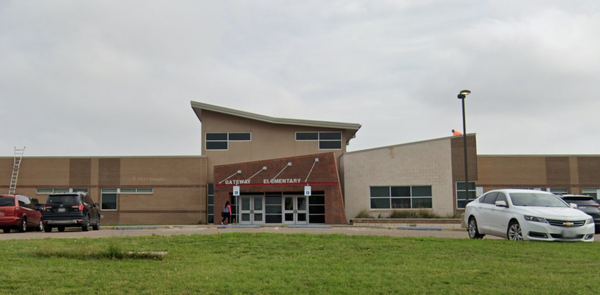The world's largest floating liquefied natural gas (LNG) vessel has been shut down since Friday after a fire started in an electrical utility at 11pm on Thursday night.
Shell's Prelude FLNG facility, moored 400 kilometres north of Broome on WA's Kimberley coast, has been operating on backup power since Friday.
The facility has a staff of around 200 people and a Shell spokesperson said a "skeleton crew" remained aboard and non-essential workers were continuing to be evacuated while work was done to restore main power.
The spokesperson said the main power was tripped shortly after the fire.
According to Shell, smoke triggered the automatic fire detection and management systems which allowed staff to contain the situation.
The cause of the electrical fire is unknown but an investigation has been launched by Shell, and the National Offshore Petroleum Safety and Environmental Management Authority (NOPSEMA) has been informed.
A spokesperson from NOPSEMA declined to comment on the incident but confirmed an investigation was underway.
Shell declined to comment on the financial impact of the shutdown and did not specify when operations were expected to resume.
While the facility is intended to produce 3.6 million tonnes of LNG each year from undersea gas fields, Shell was unable to meet that target in 2020 after the facility was shut down for 11 months.
The initial shutdown was also related to electrical issues and operations only resumed in February this year following an "electrical trip" and three incidents NOPSEMA described as "dangerous occurrences".
Two of the previous incidents involved "loss of hydrocarbon containment".
While the Prelude has had six months of uninterrupted production since the last incident it is unclear what impact the electrical fire will have on future operations.
The initial shutdown prompted analysts to question whether the $12-17 billion facility has a future.
Shell has been tight-lipped about the actual cost of building the facility — which is the first floating LNG facility commissioned by the company — allowing the company to process gas without needing to pipe it to an onshore facility.
The 488-metre-long, 74-metre-wide facility was built in Korea using 260,000 tonnes of steel, five times the weight of steel used to build the Sydney Harbour Bridge.







